Artist: Mebitek
Album: Art Has No Diplomacy
Release date: 9 March 2017
Label: Mebitek / Nootempo.net
Tracklist:
01. Machina
02. Desolation
03. Cinekinetik
04. Chi No Torrat
05. Iscuritat
06. The Cinematic Experience
07. Pray (feat. Larissa & Gangalistics)
08. MebiStep
09. March of Borderliners (feat. 10jonct)
10. All My Love (feat Daniele Porta)
11. Stepper in the Dark (feat. Quilo Sa Razza)
12. What I Have Lost
13. Cudda Domu RMX (feat. Pandro)
Mebitek is a budding electronic artists hailing from Sardinia an island off the coast of Italy in the great Mediterranean Sea. Long known for their innovations, Italy has over the years spawned more than a few unique sound technician. The likes of Bad Sector, Winterblood and Sonologyst are but a few familiar to the dark ambient genre, all pushing their musical endeavors to the very limit of genre classifications. Mebitek is no different in this manner. His music is certainly dark and electronic, but going much further than that into applying labels will be pointless.
After almost a decade of singles and EPs, Mebitek has finally delivered a proper full length album. On this debut Mebitek stays true to his form, in creating music that transcends genre boundaries and provides the listener with a wholly new experience. Each of the 13 tracks is well produced and honed down to the finest of details. It may have taken Mebitek a while to bring a full-length album together, but Art Has No Diplomacy is a worthy milestone.
In order to provide some context to these sounds, there are a few artists who could be loosely compared to Mebitek, The Haxan Cloak comes to mind, along with the afore mentioned Bad Sector. There are beats laying the ground work of this album. These beats take on the forms of glitch and dubstep among other forms of electronic music which go beyond the standards of traditional electronica. “Chi No Torrat” is a great example of this amalgamation of genres. “Chi No Torrat” starts off with futuristic and industrial samples along with even a bit of ambient elements, in the form of a distant thunderstorm. It slowly progresses into a melancholic and introspective downtempo ebm piece in which comparisons to The Haxan Cloak fit most closely. Yet, by the second half of the track, the use of orchestral sounds gives the track a unique feel, again going well beyond any specific genre classifications.
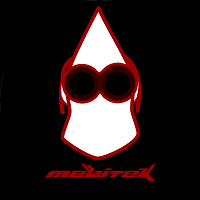 Mebitek brings along with him on this album a few other Italian artists of various forms. Larissa provides a beautiful voice on the track “Pray”. While Quilo Sa Razza applies a hip-hop verse over “Stepper in the Dark”. Each of these and several other guest artist always provide a brand new element to the sounds of Art Has No Diplomacy.
Mebitek brings along with him on this album a few other Italian artists of various forms. Larissa provides a beautiful voice on the track “Pray”. While Quilo Sa Razza applies a hip-hop verse over “Stepper in the Dark”. Each of these and several other guest artist always provide a brand new element to the sounds of Art Has No Diplomacy.
Futuristic and post-apocalyptic tropes abound throughout the works of Mebitek. At the very base of his project, we see in his logo a face equipped with a gas-mask. The high-quality music video for the track “MebiStep”, created by Mebitek and Serena Pilloni, provides the greatest visual cue to this post-apocalyptica. A gas-masked figure drags a few leather gimp suit laden victims through the streets of some old city. We then follow him into a dungeon where he turns a ragged doll into his living queen of darkness.
In such a simultaneously advanced yet bleak period of human history, Mebitek is an artist that fully embraces the contradiction. Art Has No Diplomacy is certainly not your average dark ambient album, often leaving that genre classification entirely. Yet, thematically and cinematically the sounds should be welcome to the ears of many dark ambient fans. Mebitek provides us with an original take on the fringe elements of ambient and electronic genres, paving his own path. Art Has No Diplomacy could easily be recommended to fans of the afore mentioned artists The Haxan Cloak and Bad Sector along with other heavily beat-oriented sound-sculptors Access To Arasaka. But, while these projects could be an example for fans to compare some similarities in style, Mebitek clearly is not following in the footsteps of these musicians, rather he is making his own way, in his own style. Enjoy Art Has No Diplomacy in those moments of despair or cynicism when the mind needs something more than gentle field recordings and drones. Let yourself fall under the spell of Mebitek, a truly interesting artist to say the very least.
Written by: Michael Barnett
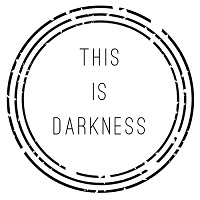
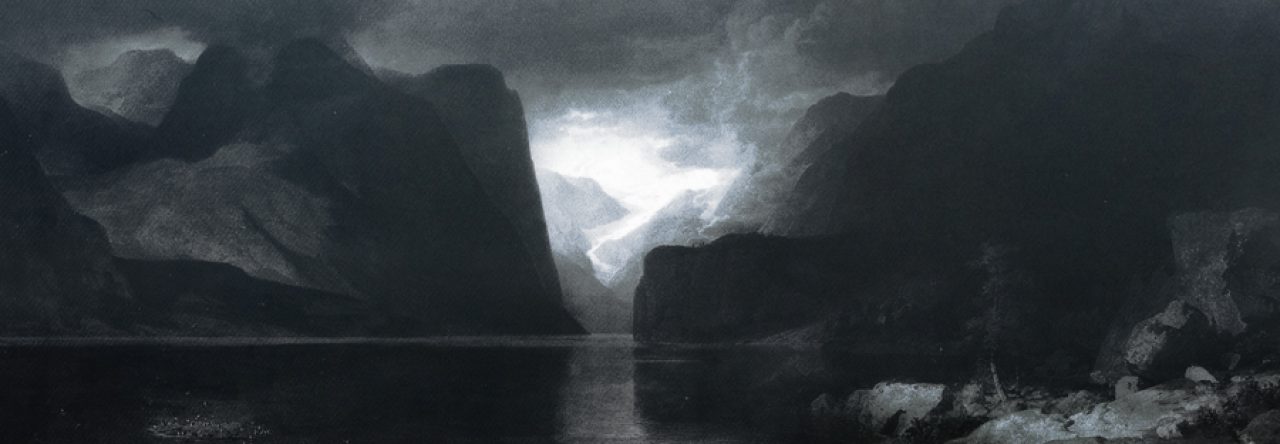
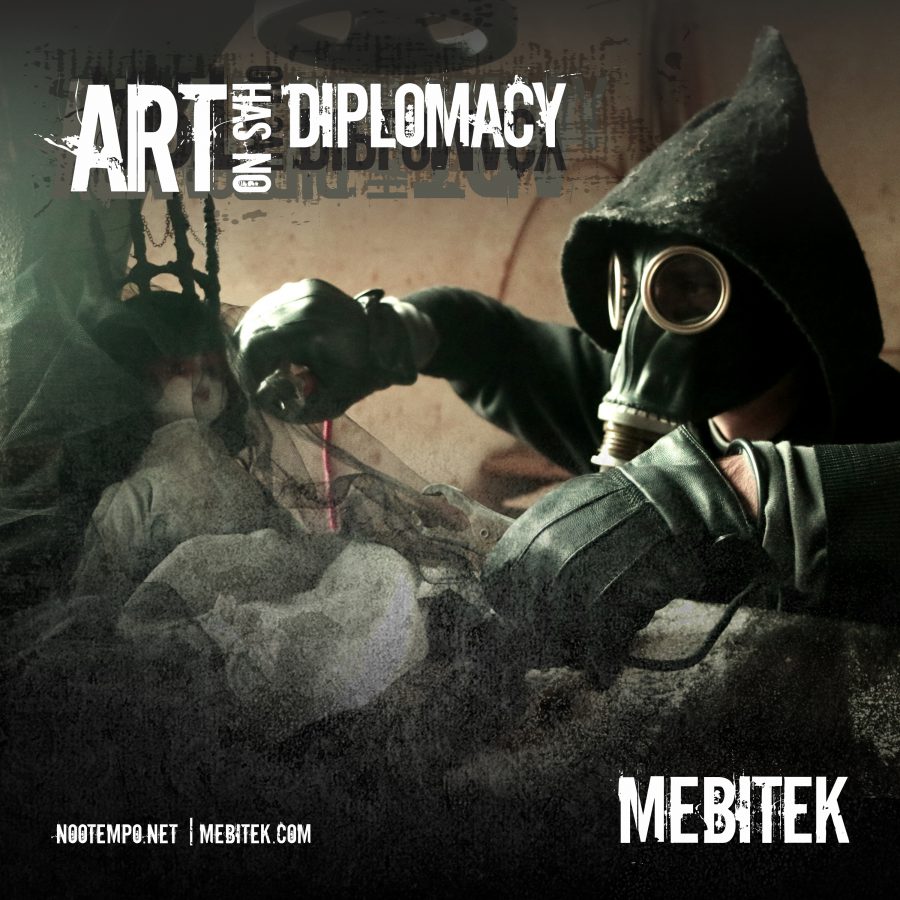
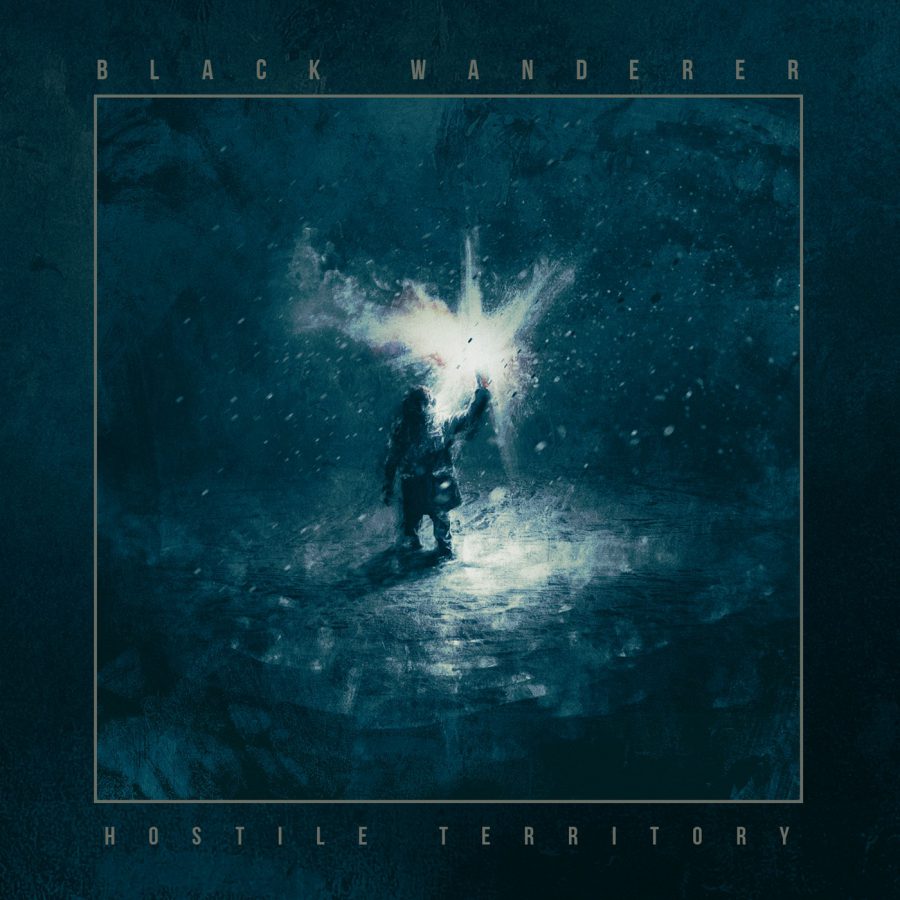
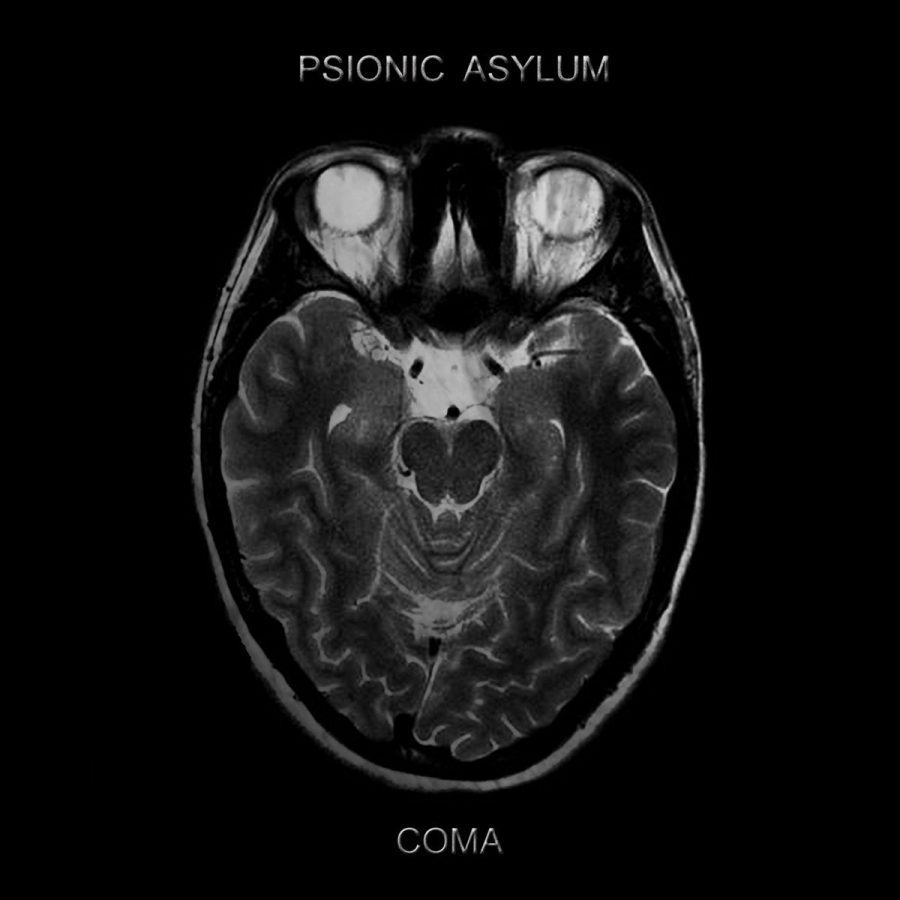
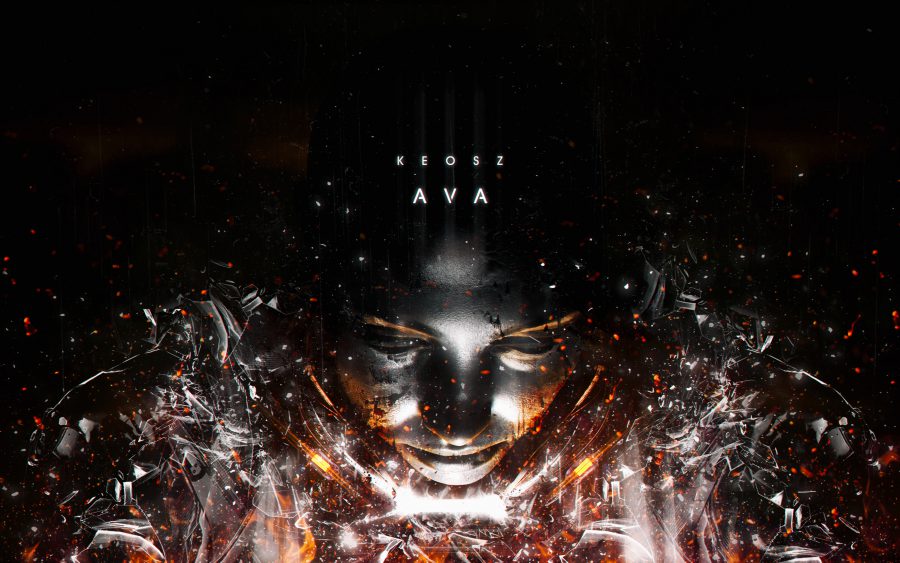
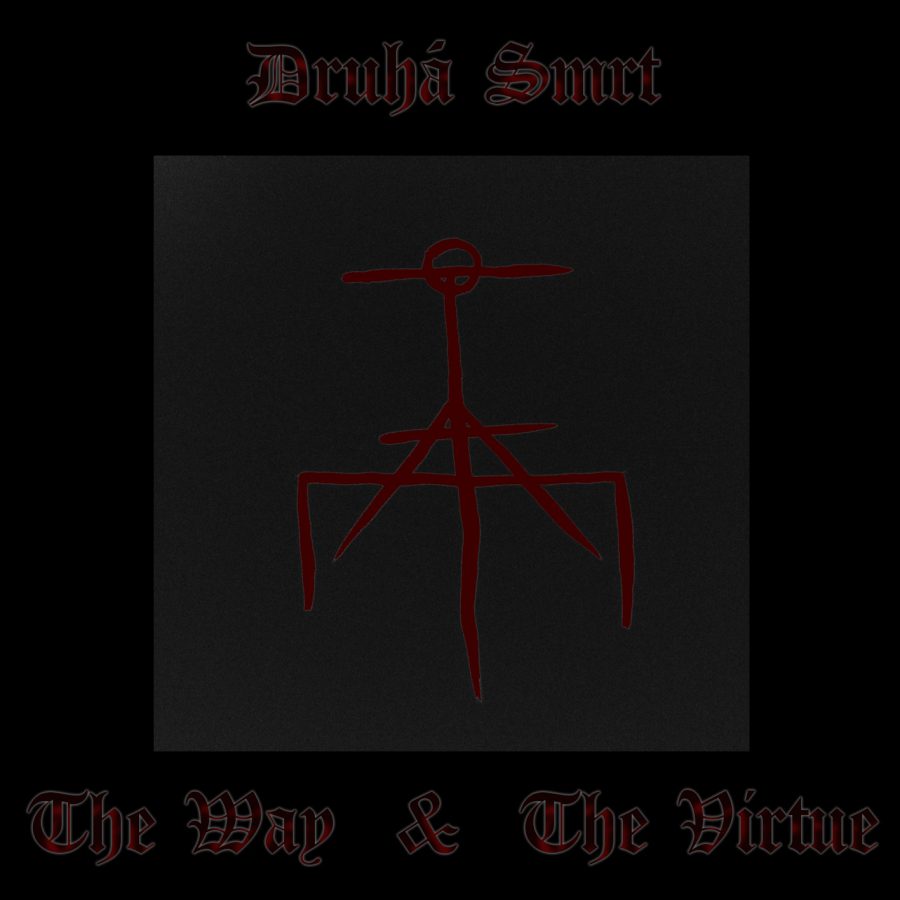

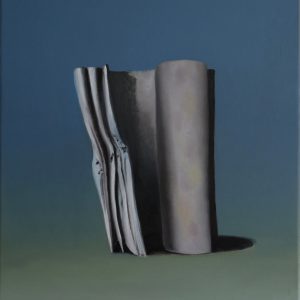


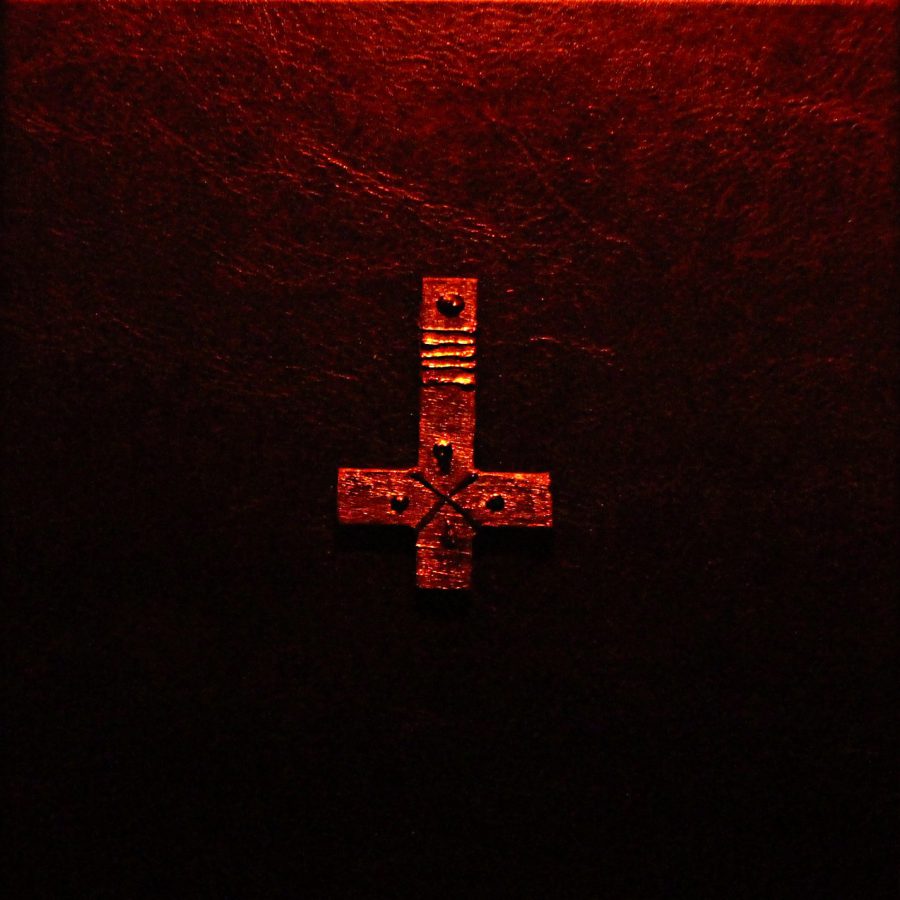
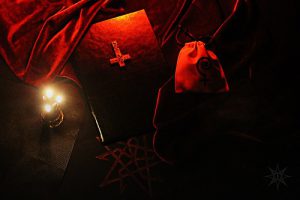 AFFECTVS & Lamia Culta have both been producing music for several years. As individual artists, they both have strong occult leanings. Their solo albums have been enjoyable and noteworthy. But, in 2016 their collaborative album Homines Sacerrimi on the American dark/ritual ambient label
AFFECTVS & Lamia Culta have both been producing music for several years. As individual artists, they both have strong occult leanings. Their solo albums have been enjoyable and noteworthy. But, in 2016 their collaborative album Homines Sacerrimi on the American dark/ritual ambient label  “Verbum Portae Aperio” may be one of the crowning achievements of the album. Both artists showcase their absolute best skills, leaving behind any sense of doubt in the listener. After Lamia Culta‘s invocations at the beginning of the ritual, we are encompassed by sounds conjured from the depths of hell. Demons writhe and scream in the background. Deep bellowing voices appear as she repeats the invocation, “Satan!, Satan!, Satan!”. This intensity gently subsides as she goes from screaming Latin incantations to softly singing as the track comes to its close.
“Verbum Portae Aperio” may be one of the crowning achievements of the album. Both artists showcase their absolute best skills, leaving behind any sense of doubt in the listener. After Lamia Culta‘s invocations at the beginning of the ritual, we are encompassed by sounds conjured from the depths of hell. Demons writhe and scream in the background. Deep bellowing voices appear as she repeats the invocation, “Satan!, Satan!, Satan!”. This intensity gently subsides as she goes from screaming Latin incantations to softly singing as the track comes to its close.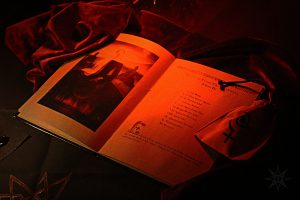 depths of some ancient cavern, delivering the thick incense smoke past the nostrils before vanishing into the abyss. Following her invocation of Satan, Lamia Culta gasps and moans in ecstasy as if the dark lord has been offered her body for his enjoyment. Sacrificing herself to his will, she is fully prepared for the continuation of this diabolical rite. As the rest of Blessings from the Darkness continues, this moment hangs in my mind, never loosening its grip. The deep, rumbling, infernal growls match the euphoria of Lamia Culta, as if that fiendish lord of the underworld has truly savored his offering.
depths of some ancient cavern, delivering the thick incense smoke past the nostrils before vanishing into the abyss. Following her invocation of Satan, Lamia Culta gasps and moans in ecstasy as if the dark lord has been offered her body for his enjoyment. Sacrificing herself to his will, she is fully prepared for the continuation of this diabolical rite. As the rest of Blessings from the Darkness continues, this moment hangs in my mind, never loosening its grip. The deep, rumbling, infernal growls match the euphoria of Lamia Culta, as if that fiendish lord of the underworld has truly savored his offering.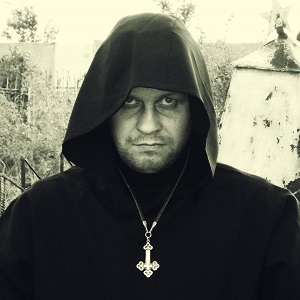 The emotion of Lamia Culta‘s vocal delivery is only part of the reason to find oneself fully encompassed by Blessing from the Darkness. AFFECTVS showcases an absolute mastery of the ritual ambient style. Comparisons to Shibalba can easily be made. But where Shibalba showcase a more conservative aspect of the ritual ambient genre, AFFECTVS takes it to utter extremes. From the howling wind field recordings, to the hypnotic drones, he builds an atmosphere that is visualized with the greatest of easy. The tribal drumming, chimes, and other ritual instrumentation adds yet another layer of authenticity to the rite.
The emotion of Lamia Culta‘s vocal delivery is only part of the reason to find oneself fully encompassed by Blessing from the Darkness. AFFECTVS showcases an absolute mastery of the ritual ambient style. Comparisons to Shibalba can easily be made. But where Shibalba showcase a more conservative aspect of the ritual ambient genre, AFFECTVS takes it to utter extremes. From the howling wind field recordings, to the hypnotic drones, he builds an atmosphere that is visualized with the greatest of easy. The tribal drumming, chimes, and other ritual instrumentation adds yet another layer of authenticity to the rite.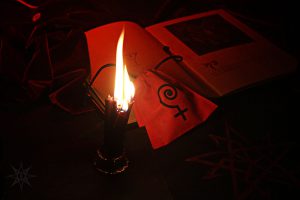 Offered on
Offered on 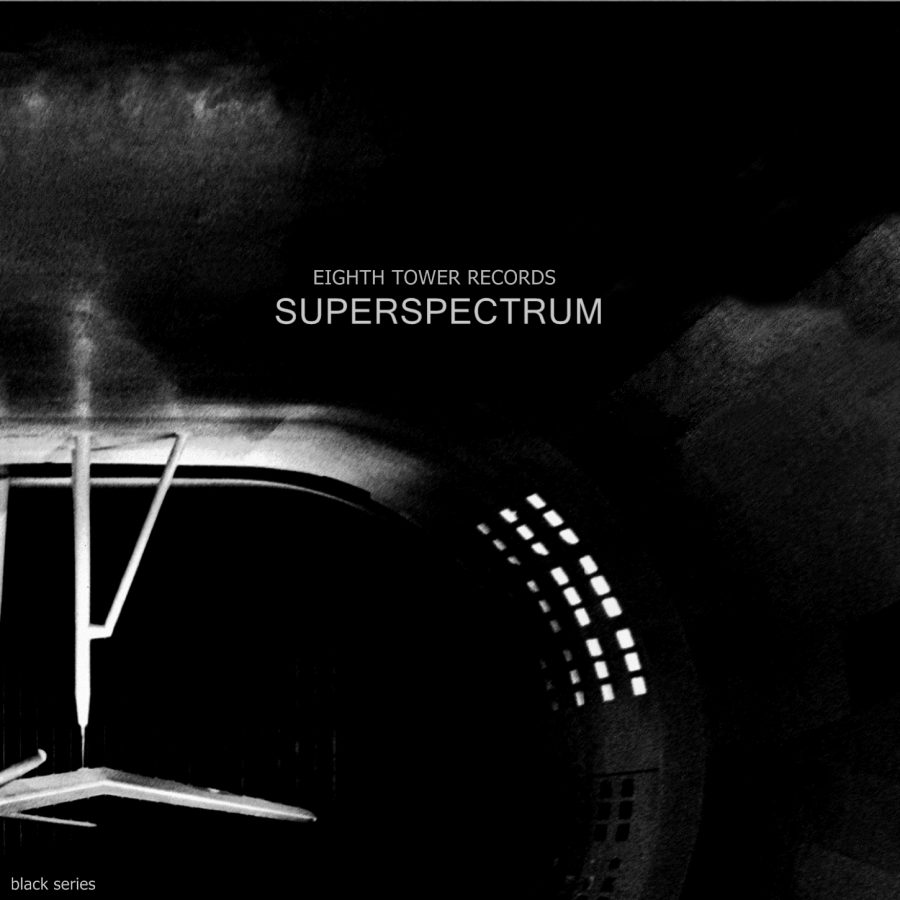
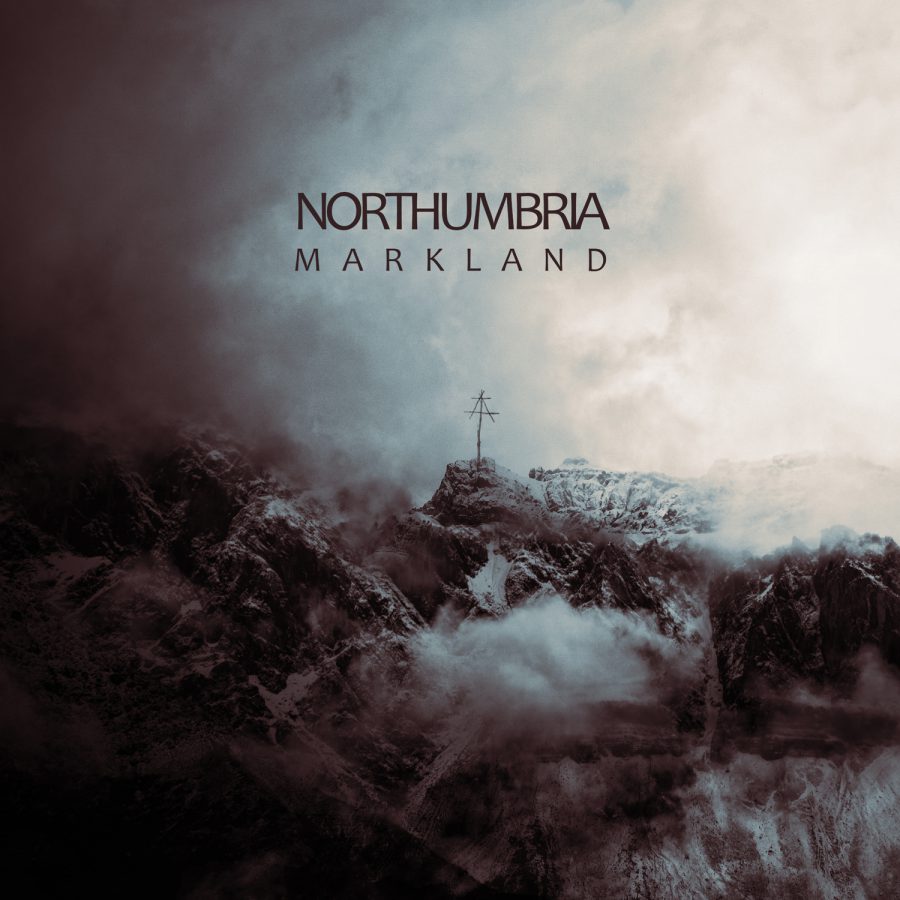
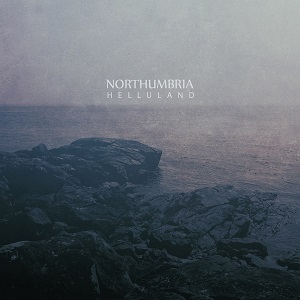 What started several years ago as a project fully dedicated to the use of guitar and bass drones, has blossomed this year into something wholly new and exciting. As recently as 2014, albums like Bring Down The Sky highlighted the more conventional skills of Northumbria, with marvelous slowly evolving guitar work that could almost be considered solos. These meandering guitars were planted firmly upon a guttural and earth-shaking bass drone. Helluland, their first release on Cryo Chamber, brought them to a new chapter in their lives. Helluland still was dedicated to consistently drone-laden guitar and bass work but it had taken on a more subtle feel. Along with the evolution of their sound, Helluland ushered in the first chapter of their current trilogy. A set of albums which is dedicated to the story of the ancient Norsemen discovering the Americas, incidentally, well before Christopher Columbus.
What started several years ago as a project fully dedicated to the use of guitar and bass drones, has blossomed this year into something wholly new and exciting. As recently as 2014, albums like Bring Down The Sky highlighted the more conventional skills of Northumbria, with marvelous slowly evolving guitar work that could almost be considered solos. These meandering guitars were planted firmly upon a guttural and earth-shaking bass drone. Helluland, their first release on Cryo Chamber, brought them to a new chapter in their lives. Helluland still was dedicated to consistently drone-laden guitar and bass work but it had taken on a more subtle feel. Along with the evolution of their sound, Helluland ushered in the first chapter of their current trilogy. A set of albums which is dedicated to the story of the ancient Norsemen discovering the Americas, incidentally, well before Christopher Columbus.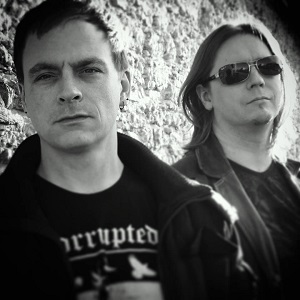 Markland clearly has a tale to tell. This is blatantly obvious without ever reading into the back-story. Just putting on headphones and pressing play, we catapult into a dark and wild world. From the very beginning of “Torngat” we can hear the waves beating against the ship as it nears land. By the time we reach “The Night Wolves/Black Moon” the turn of events is perfectly delivered. This description of the album barely scratches the surface, tracks like “Still Clearing” and “The Shores of the Suffering Wind” boast what is easily the best work by Northumbria to date. In short the album is a masterpiece.
Markland clearly has a tale to tell. This is blatantly obvious without ever reading into the back-story. Just putting on headphones and pressing play, we catapult into a dark and wild world. From the very beginning of “Torngat” we can hear the waves beating against the ship as it nears land. By the time we reach “The Night Wolves/Black Moon” the turn of events is perfectly delivered. This description of the album barely scratches the surface, tracks like “Still Clearing” and “The Shores of the Suffering Wind” boast what is easily the best work by Northumbria to date. In short the album is a masterpiece.